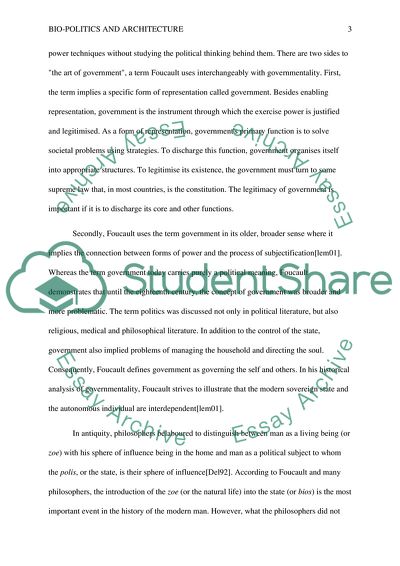Cite this document
(Bio-politics and Architecture Essay Example | Topics and Well Written Essays - 2500 words, n.d.)
Bio-politics and Architecture Essay Example | Topics and Well Written Essays - 2500 words. https://studentshare.org/architecture/1878683-architecture-politics-law
Bio-politics and Architecture Essay Example | Topics and Well Written Essays - 2500 words. https://studentshare.org/architecture/1878683-architecture-politics-law
(Bio-Politics and Architecture Essay Example | Topics and Well Written Essays - 2500 Words)
Bio-Politics and Architecture Essay Example | Topics and Well Written Essays - 2500 Words. https://studentshare.org/architecture/1878683-architecture-politics-law.
Bio-Politics and Architecture Essay Example | Topics and Well Written Essays - 2500 Words. https://studentshare.org/architecture/1878683-architecture-politics-law.
“Bio-Politics and Architecture Essay Example | Topics and Well Written Essays - 2500 Words”. https://studentshare.org/architecture/1878683-architecture-politics-law.


